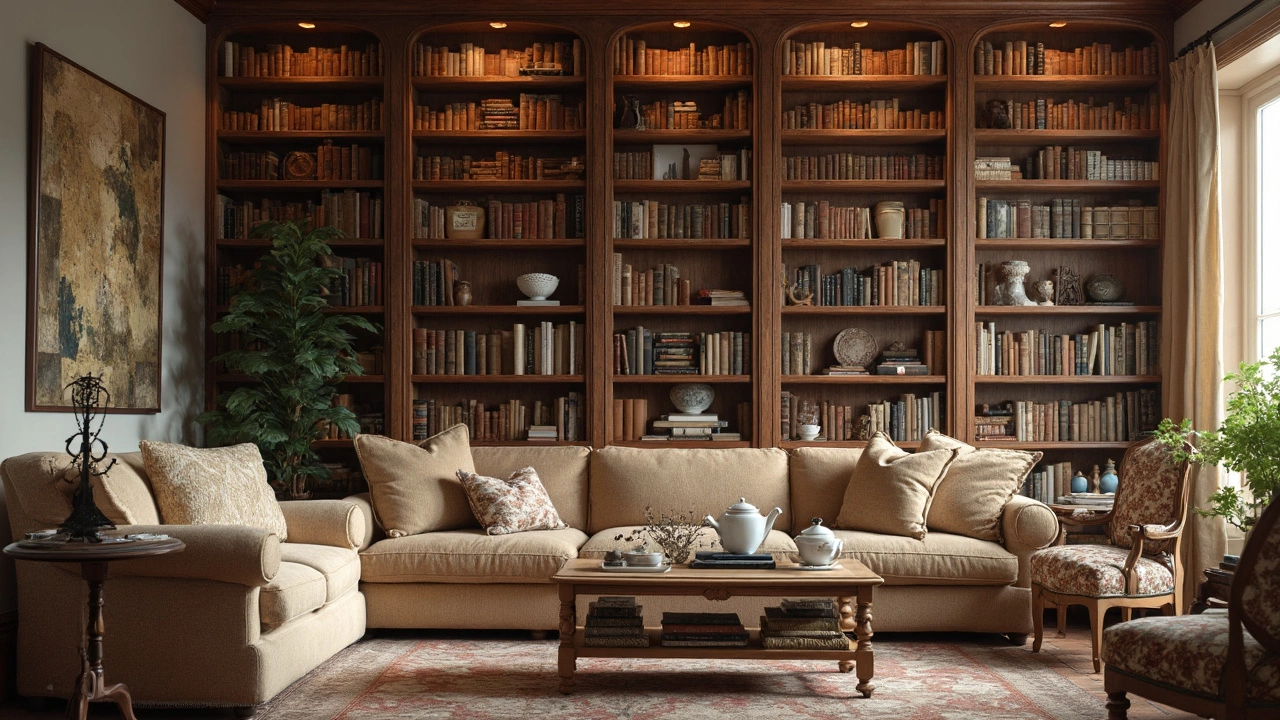Bookshelf Materials: Find the Right One for Your Space
Choosing a bookshelf isn’t just about size; the material decides how long it lasts, how it looks, and how much you’ll spend. Below you’ll get a quick rundown of the most common options, what makes each tick, and some practical tips for picking the best fit for your home.
Common Materials
Solid wood is the classic choice. Pine, oak, walnut and maple each bring a different grain and colour. Oak is hard and resists dents, while pine stays light and affordable. Wood takes well to stains or paint, so you can match any décor. The downside? Heavy weight and a higher price tag, especially for hardwoods.
Engineered wood like MDF or particleboard mimics real wood at a lower cost. It’s smooth, easy to finish, and lighter than solid timber. However, it doesn’t hold up as well to moisture, so keep it away from damp basements.
Metal frames give a modern, industrial vibe. Steel or aluminum shelves look sleek, and they’re strong enough for large book collections. Metal is cheap compared to premium wood, but it can feel cold in a cosy room. Look for powder‑coated finishes if you want rust resistance.
Glass tops turn a bookshelf into a display piece. Tempered glass is safe and easy to clean, but it won’t support very heavy books. Pair glass with a sturdy wood or metal base for a balanced look.
Recycled or bamboo options are the eco‑friendly picks. Bamboo grows fast, is strong, and has a warm tone similar to hardwood. Reclaimed wood shelves reuse old planks, giving character while reducing waste. Both choices can be a little pricier, but they score high on sustainability.
How to Pick the Best Material
Start by thinking about what you’ll store. If you plan to load up with textbooks or coffee‑table books, go for a hard wood or steel frame. For decorative items and a few novels, MDF with a veneer finish works fine.
Consider the room’s humidity. Bathrooms and kitchens can turn wood soggy, so metal or glass tops make more sense there. In dry living rooms, any wood will stay stable.
Budget matters too. A solid oak unit can cost triple a pine or MDF shelf. If you’re handy, you can buy raw lumber and assemble a DIY bookshelf for a fraction of the cost.
Style is the final puzzle piece. Warm wood adds a cosy vibe, metal gives a cool edge, and bamboo blends the two. Look at your existing furniture – matching tones creates flow, while contrasting materials become a focal point.
Once you’ve narrowed it down, test the shelf’s load capacity. Most manufacturers list a weight limit per shelf; make sure it exceeds the combined weight of your books plus any décor.
Maintenance is simple for most materials. Wipe wood with a dry cloth and occasional wood‑oil, dust metal with a soft rag, and clean glass with vinegar water. Re‑finish wood every few years to keep it looking fresh.
Overall, the right bookshelf material balances durability, cost, and style for your needs. Whether you pick oak, steel, bamboo or a mix, you’ll end up with a piece that holds your books and looks great in your home.
Best Wood for Bookshelves: A Guide to Durable and Stylish Choices
Choosing the right wood for a bookshelf is crucial for both durability and aesthetics. This guide explores popular wood types like oak, maple, and pine, highlighting their characteristics, benefits, and drawbacks. Discover tips on how to select the ideal wood that suits your style and budget while ensuring your bookcases stand the test of time. From classic finishes to modern designs, find the best fit for your home and book collection.
More
